FX’s hit series The Bear surprised and stunned audiences when it first released in 2022. Set in the fictional Chicago sandwich shop ‘The Beef,’ The Bear follows Carmy (Jeremy Allen White) as he tries to save the family run restaurant after the sudden death of his brother. The Bear has deservedly been nominated for dozens of awards, including a BAFTA, two Golden Globes (winning one), and three Critics Choice Awards (again, winning one).
The Bear‘s editing and risk taking cinematography often receive the most praise, as the show expertly utilizes fast cuts and tight framing to accentuate the frantic nature of the service industry, as well as visualizing the stress each character is under as they attempt to process their grief. A lot of the show’s praise is also aimed towards its incredible one-take, which is over 18-minutes long and pushes the show’s chaotic tone to the max. However, these two aspects often-overshadow the foundations of The Bear‘s chaotic atmosphere, its writing.
Dialogue in films and tv shows often feels very unrealistic, not in the word choice, but in how clean conversations between two characters feel. Even in the largest group settings, everyone will wait until the character speaking has finished before saying their piece, as if they have a pre-determined order to which they can talk. The Bear does away with this from the start. Even in its calmest scenes, the characters frequently talk over each other, and accidentally cut each other off, as they would in real life. This stylistic dialogue choice not only accentuates the show’s chaotic nature, it is the entire foundation it is built on.

While the editing in The Bear‘s hectic scenes perfectly embodies the bedlam each chef is feeling. The true effect of this visual language would be lost without the chaotic style of the dialogue. The hard cuts and the tight camera angles feel like they’re jumping over each other because the dialogue is, as each chef – even if they’re not involved in the central conversation – is talking, taking orders, or just joking around with their colleagues in real time. This feeling of layered dialogue is overwhelming for the audience, and when paired with the show’s editing and framing, collides to create the iconic, jarring chaos. Although it is still possible to feature frantic editing without this style of dialogue, the auditory overload stemming from multiple simultaneous conversations attacks the audience using multiple senses. In most cases, this style of editing without the conjoining dialogue is like a movie punch without the sound effect, it feels weak and flat.
What’s more impressive is that, despite the quantity of dialogue being used to overload the audience’s senses, there are no empty lines. Each line of dialogue is carefully crafted to push the plot forward, create a new conflict, or progress a character’s internal growth. Even the most insignificant lines of dialogue, like Carmy giving preparatory orders to the rest of his staff before the meltdown in the one-take episode, serves the narrative.
This is partly because The Bear uses its audiences presumed lack of experience in the service industry to overload them with information, increasing its aura of chaos. A lot of Carmy’s lines, like “I’m going to make three sections – they’re going to be wet, hot, and sweet. I’m going to take green tape, make those sections,” come across as kitchen jargon, because they are supposed to. A lot of The Bear takes place from Carmy’s POV – he is the show’s primary protagonist, and the audience’s gateway into the world of The Beef. However, in the scenes where Carmy spouts culinary vernacular to his kitchen staff, The Bear will often, briefly, switch its point of view, showing us The Beef from Cousin (Ebon Moss-Bachrach)’s perspective, a character who spends the first season feeling constantly overwhelmed by Carmy’s fine-dining inspired changes to The Beef.

However, The Bear is not 100% chaos. Like any good art form looking to evoke an extreme emotion from its audience, The Bear juxtaposes its often chaotic pacing and tone with sentimental moments of calm, to maximise the evocative effect of both. Although they are less common, The Bear features the occasional moment of tranquillity to let the audience and the characters breathe from the chaos of the restaurant. In true The Bear fashion though, these moments of stillness are rarely positive celebrations, instead, they often showcase Carmy poorly processing his grief, either in a quiet room, or through the occasional, surreal dream sequences.
Just as the moments of sombre enhance the chaos of the following scenes, so two is the effect reversed. As well as a impressive 18-minute one-take, The Bear also features an incredible 7-minute monologue, which only uses one cut. The scene sees Carmy attend an AA meeting to help process his grief. After several instances of attending quietly, Carmy decides to vocalise his pain in front of the group. The beauty of the scene is in its silence, as the only audible sound is Carmy’s dialogue. No music accompanies the scene, and no background characters make a single noise. Any monologue like this is impressive and powerful in its own right, regardless of what show it is in, however, the extreme contrast between The Bear‘s usual pacing and the quiet intimacy of this monologue sucks the audience in to every word of Carmy’s gut-wrenching speech.
Despite its small, self-contained premise, FX’s The Bear is one of the most powerful and unique shows to hit tv and streaming services in recent years. Season 2 releases on June 22, and looks to take the series in an unusually positive direction, after the surprise ending to Season 1.
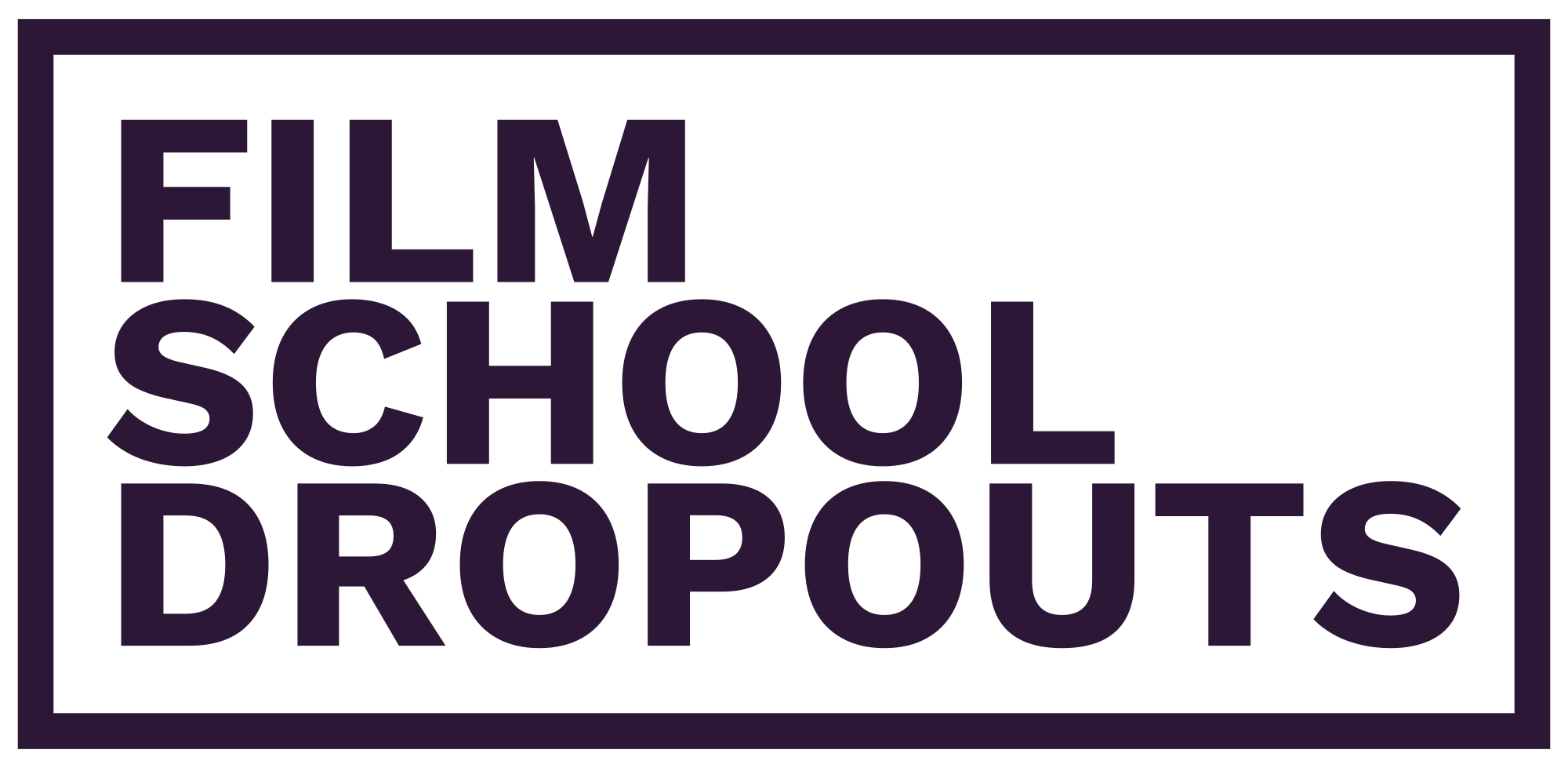

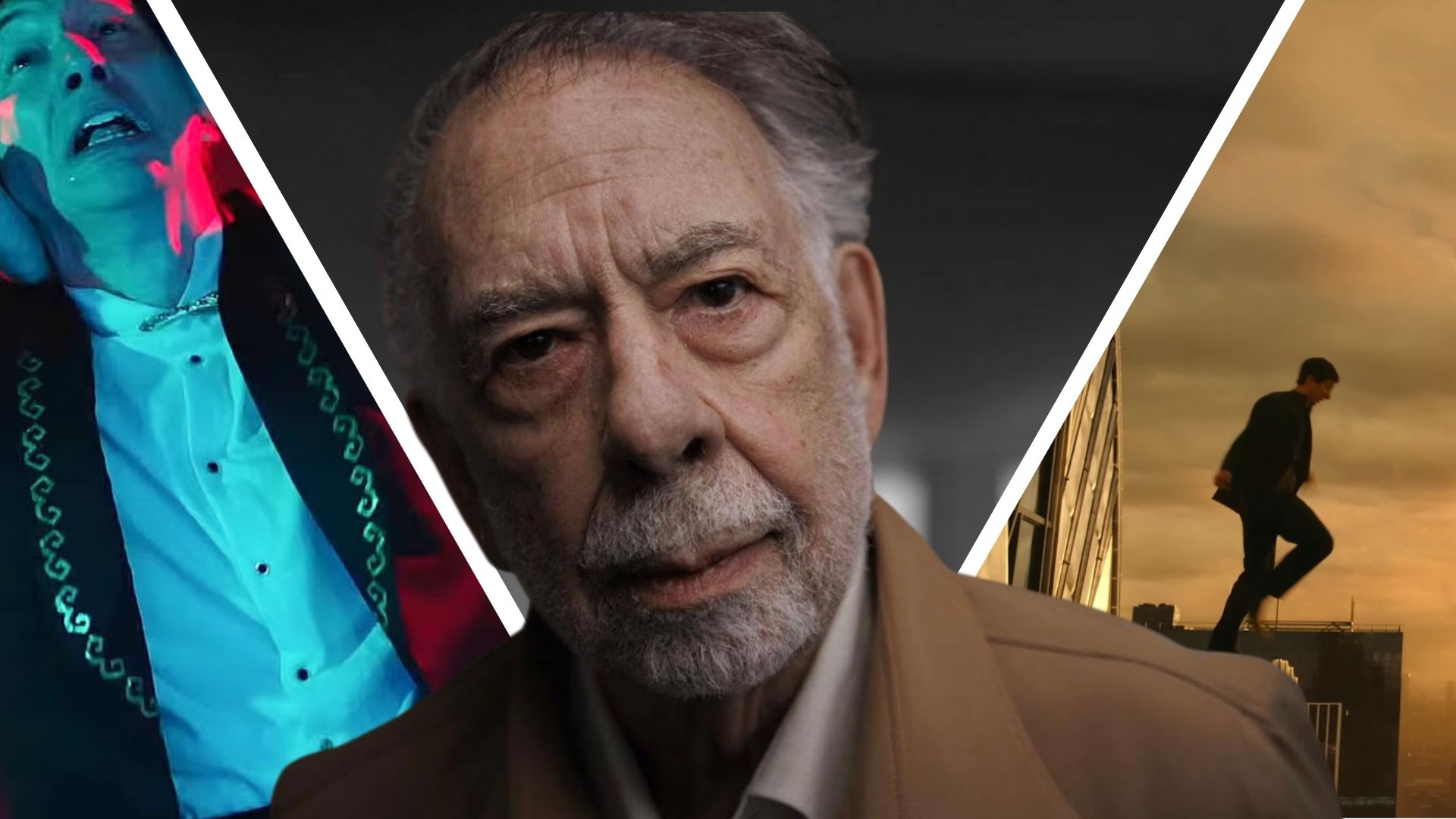


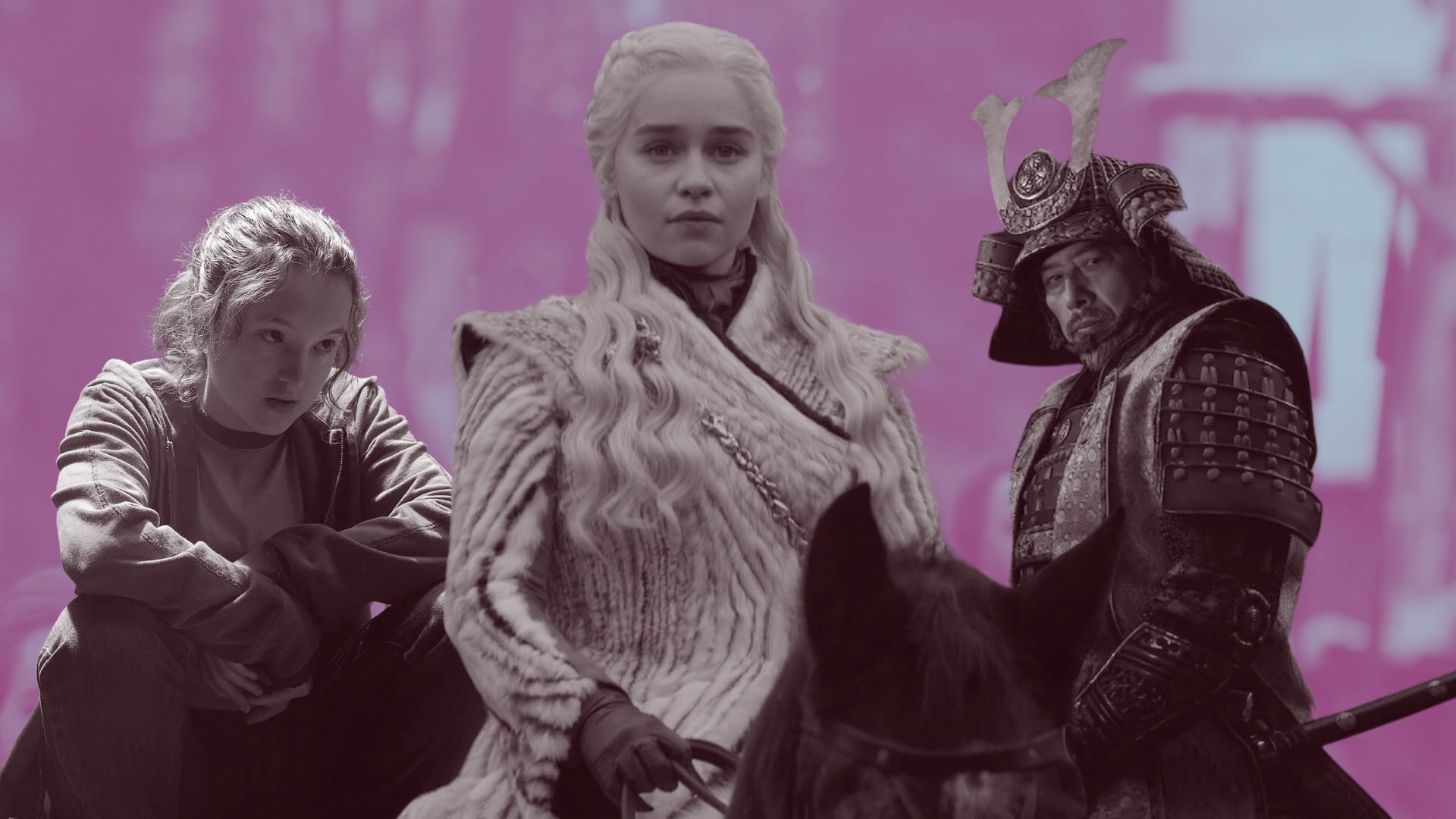

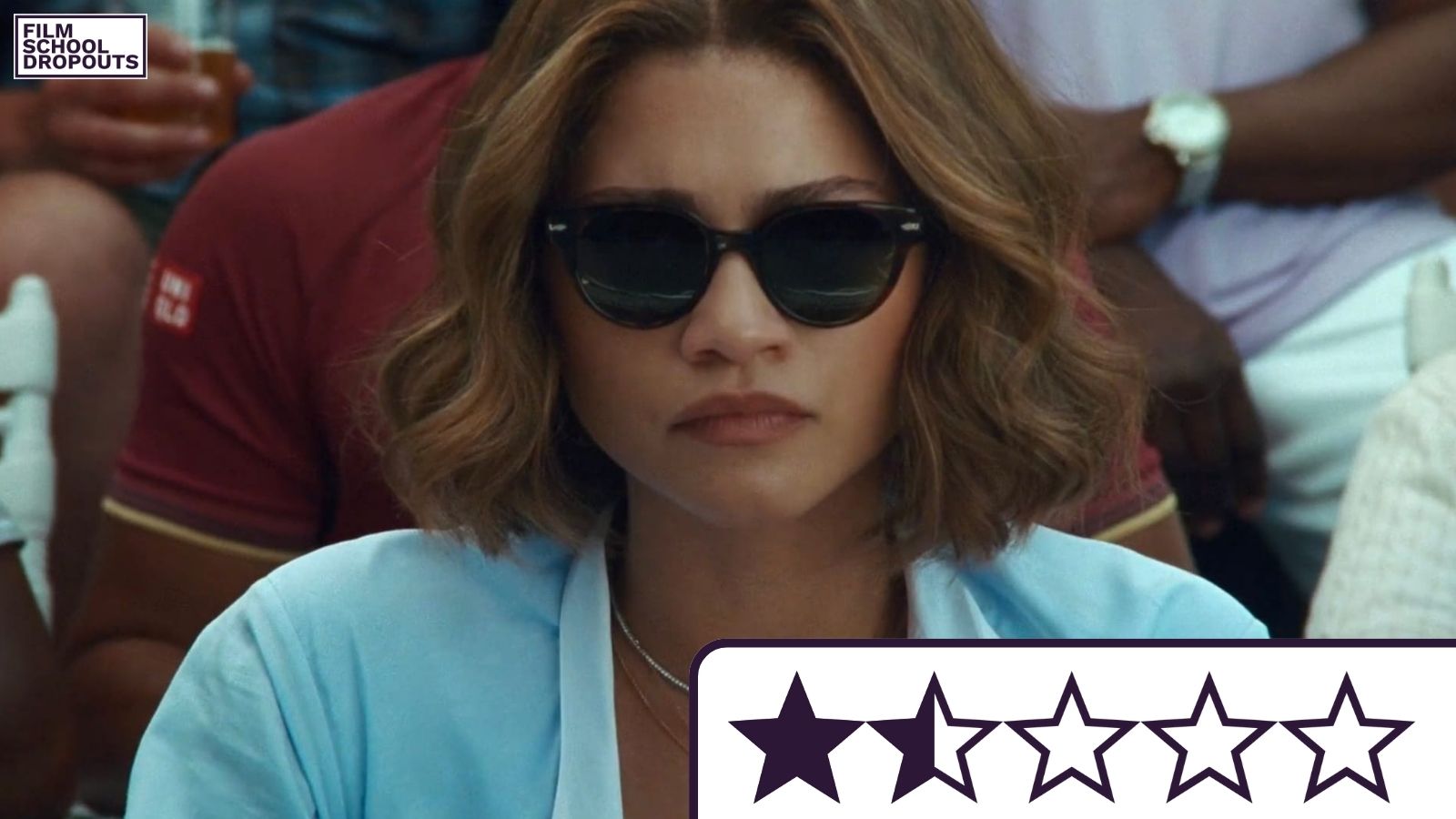





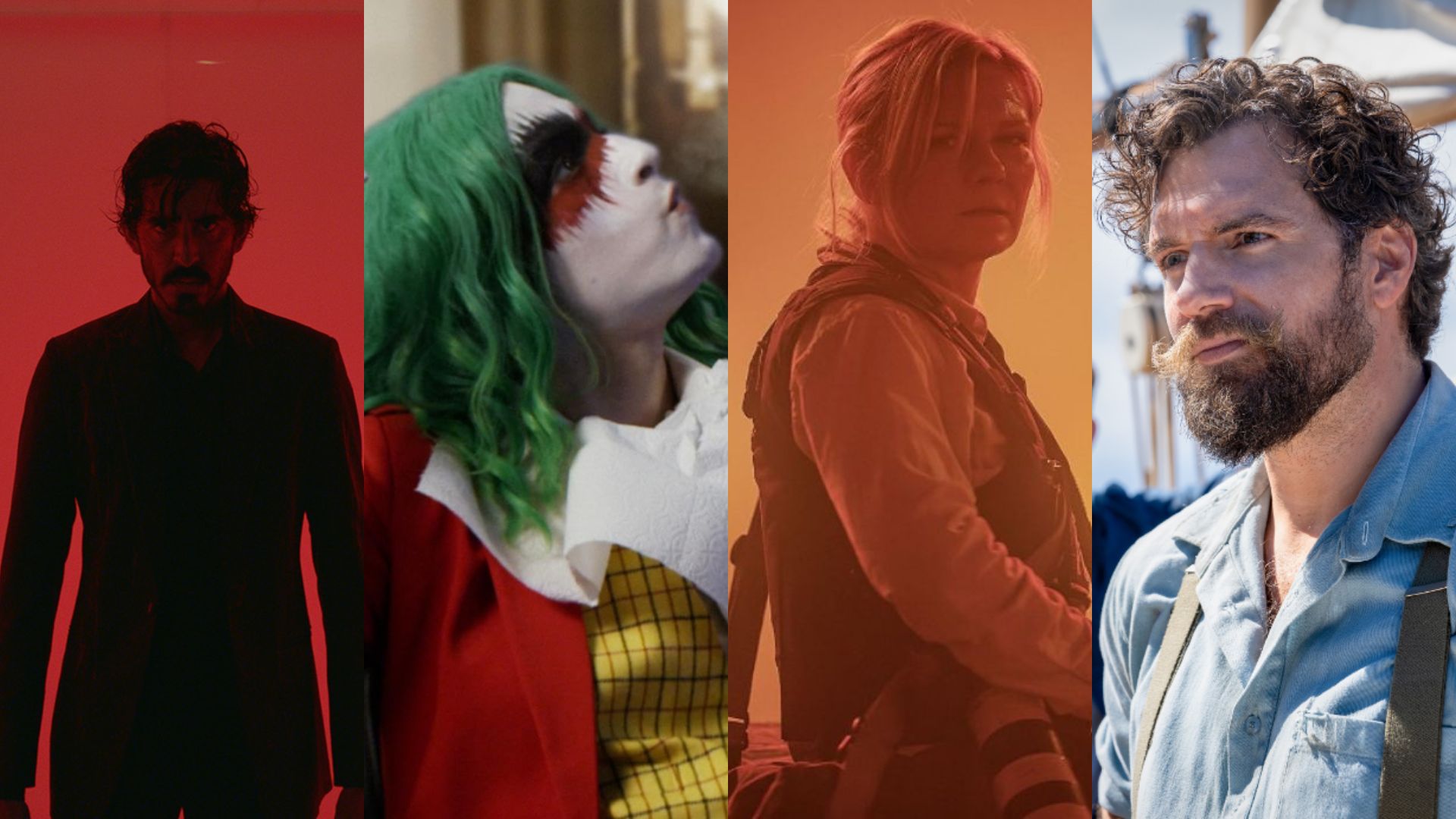

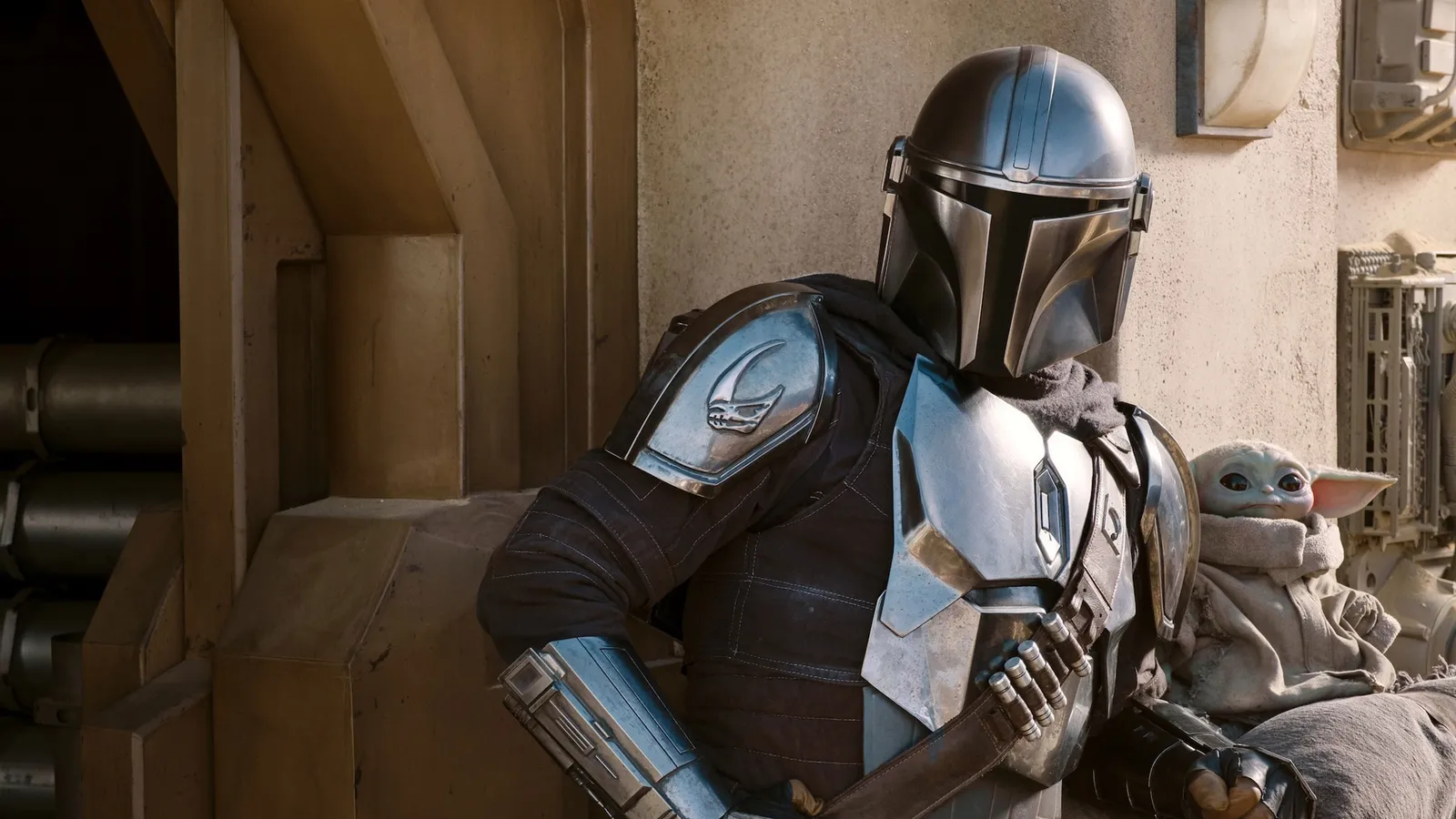
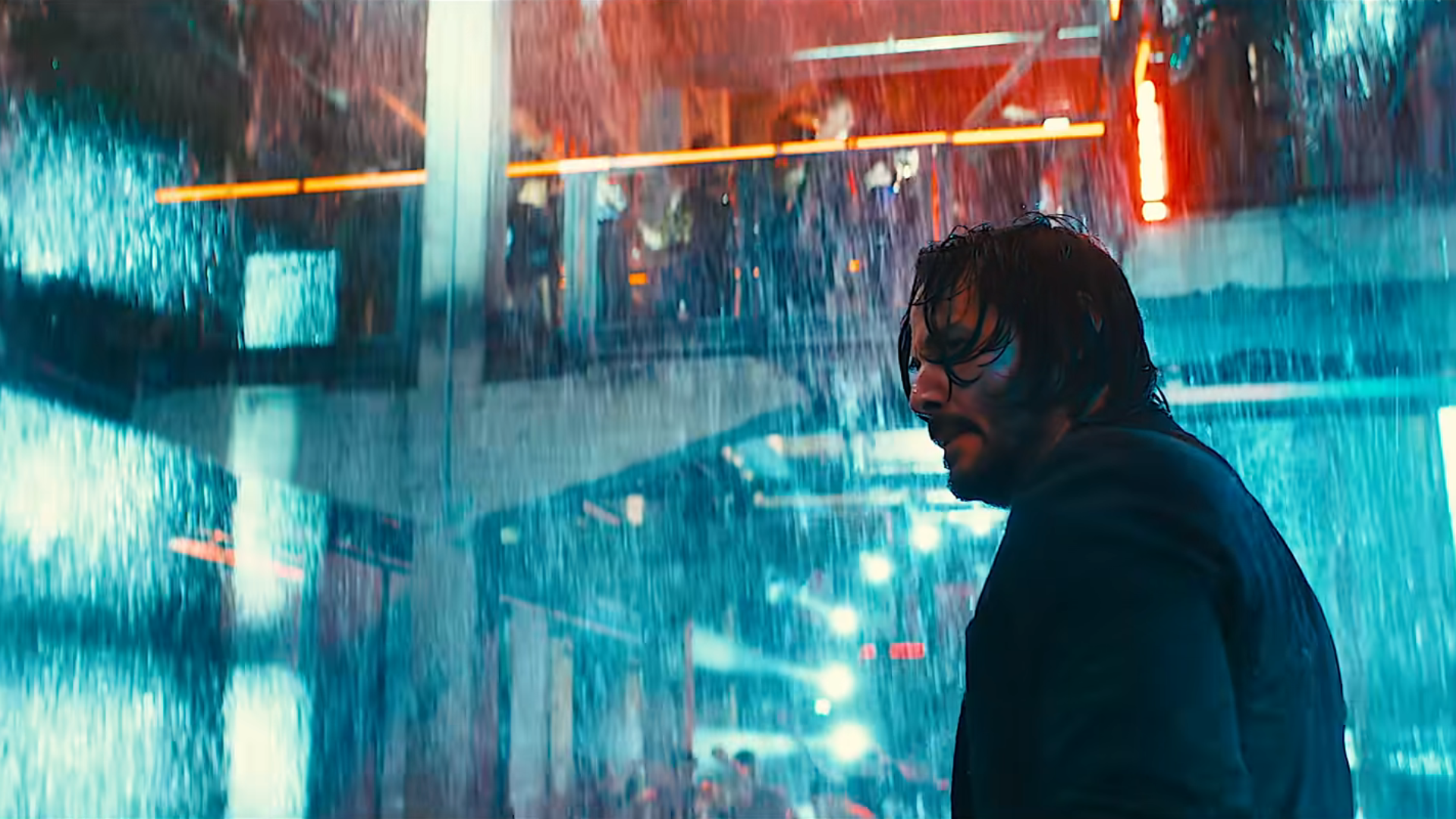
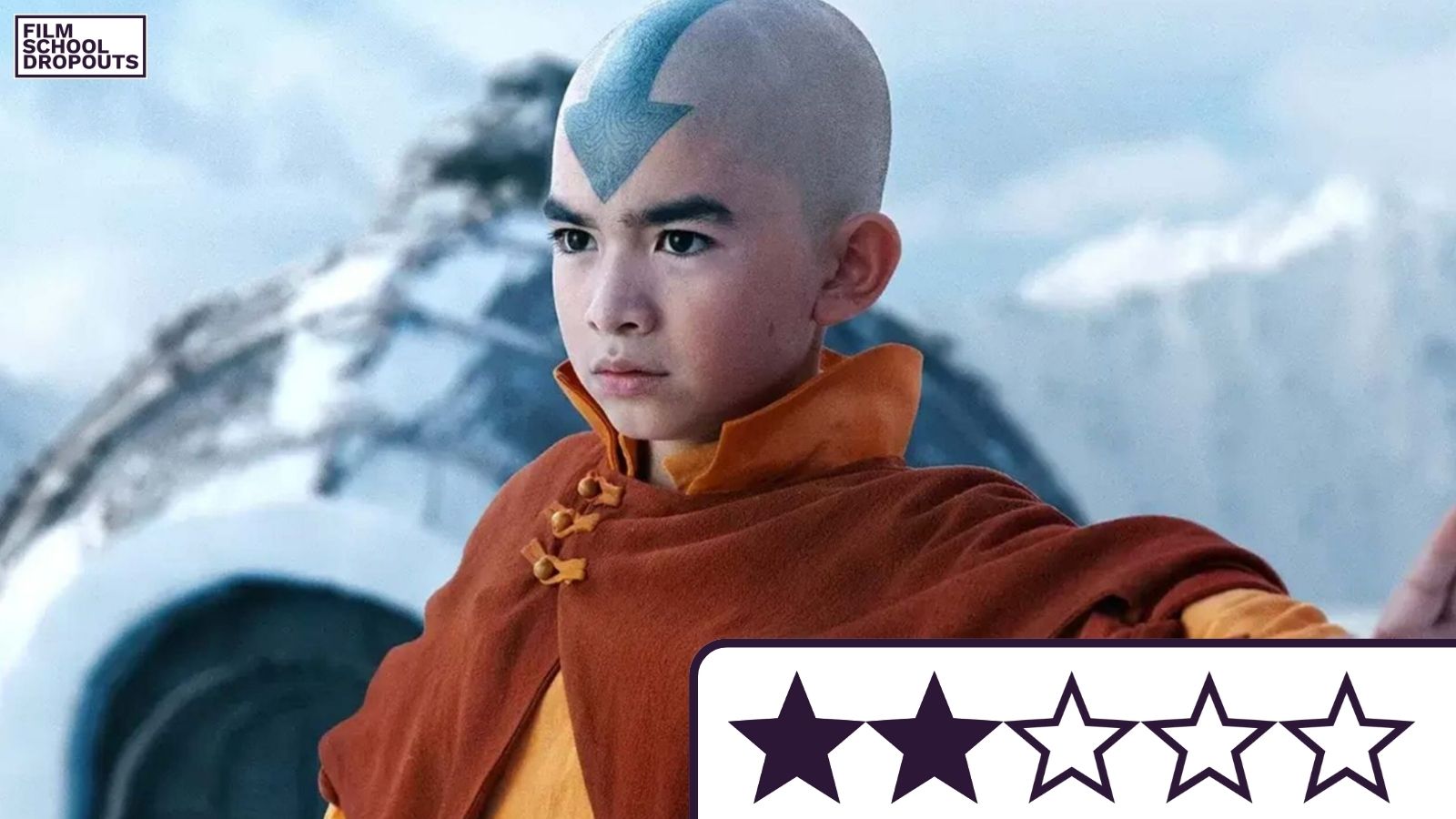

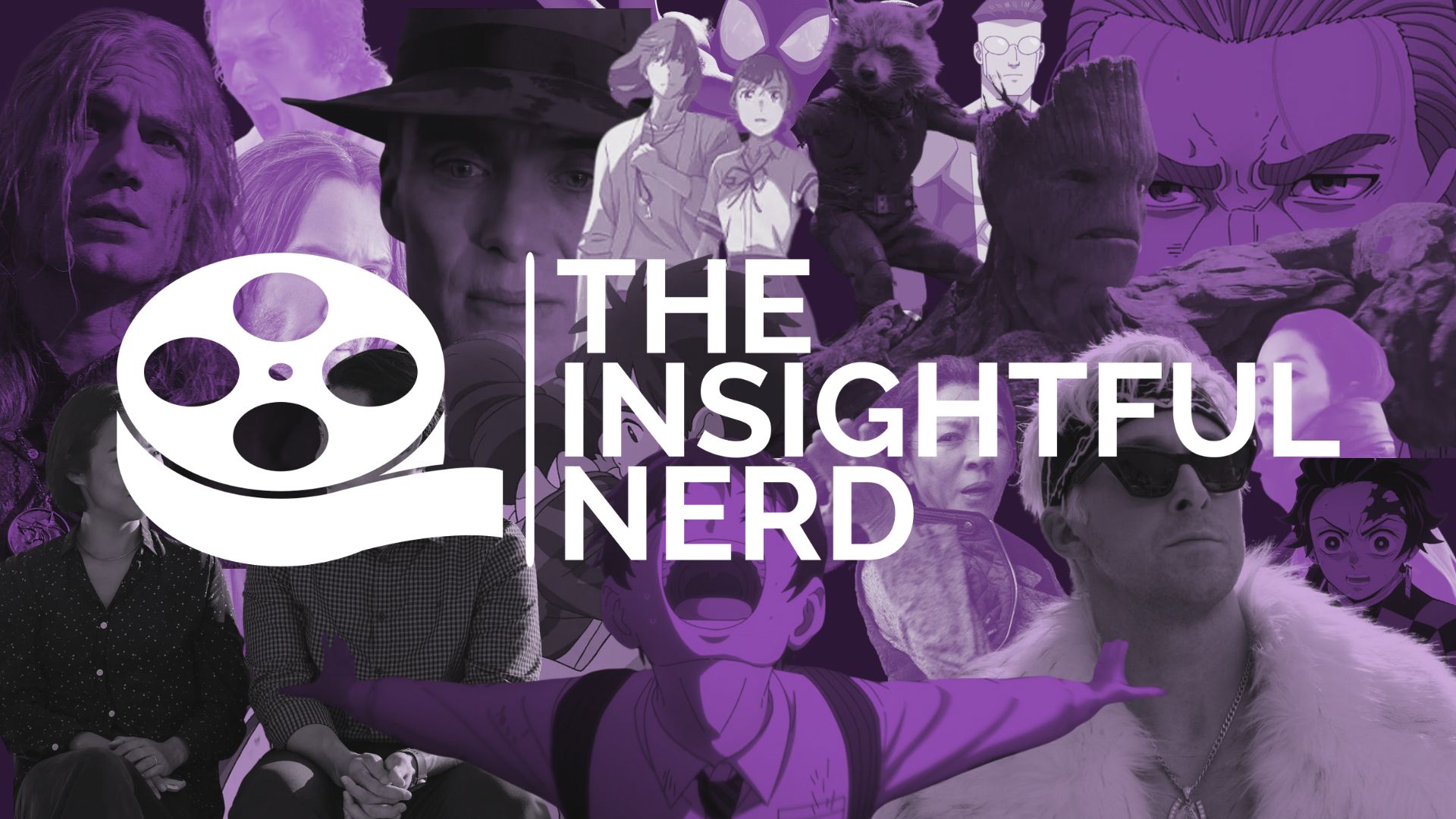
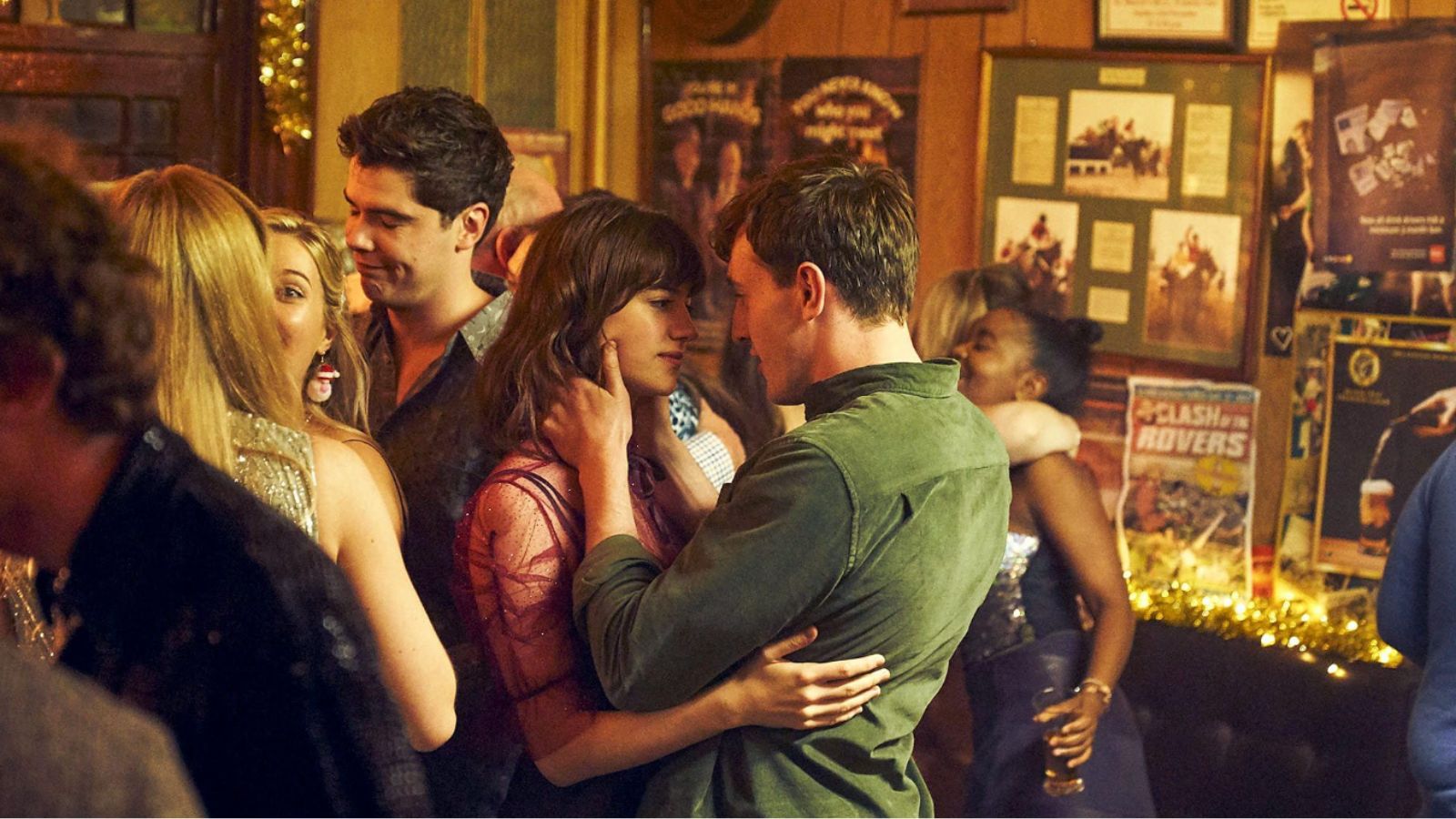

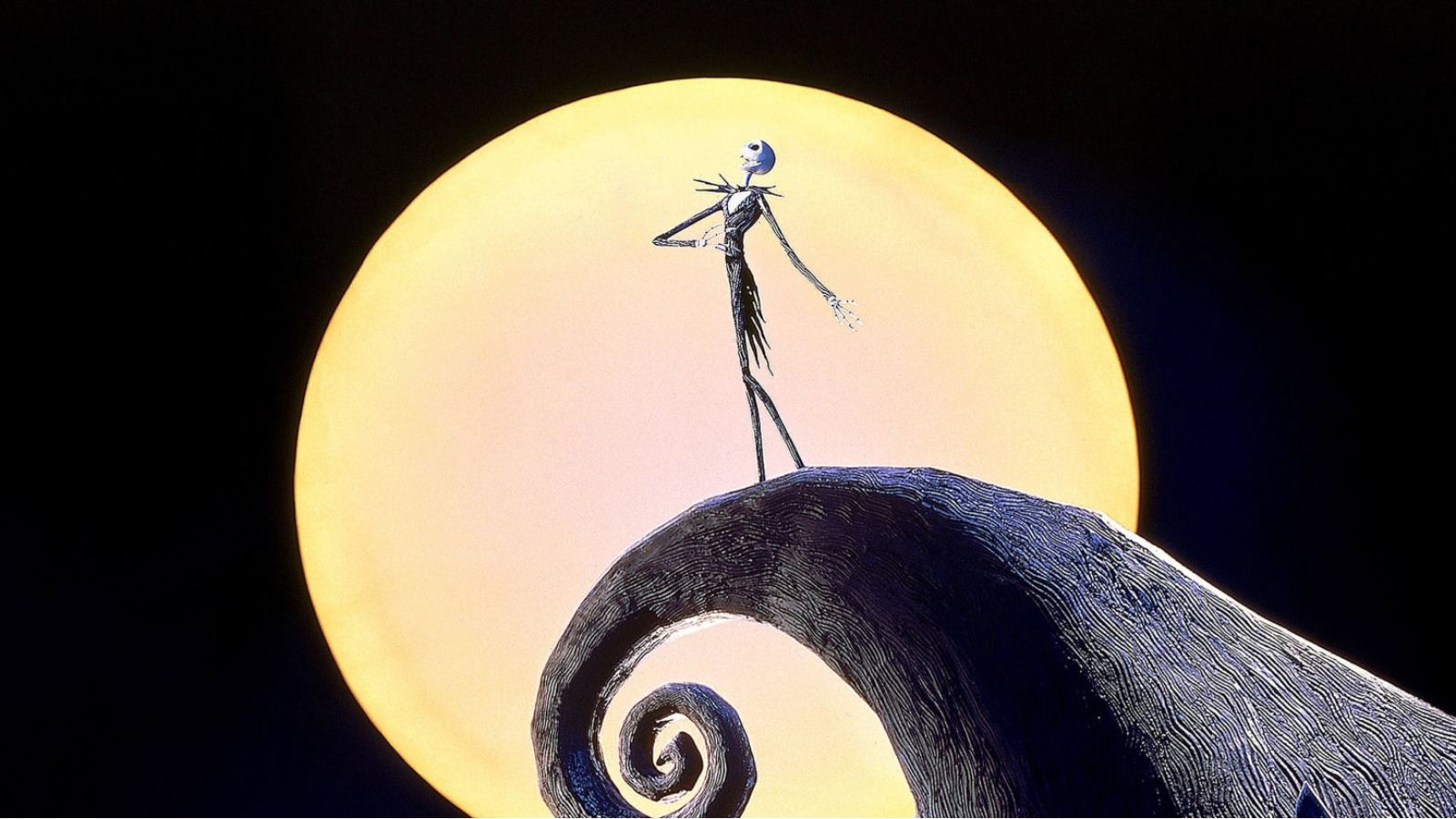


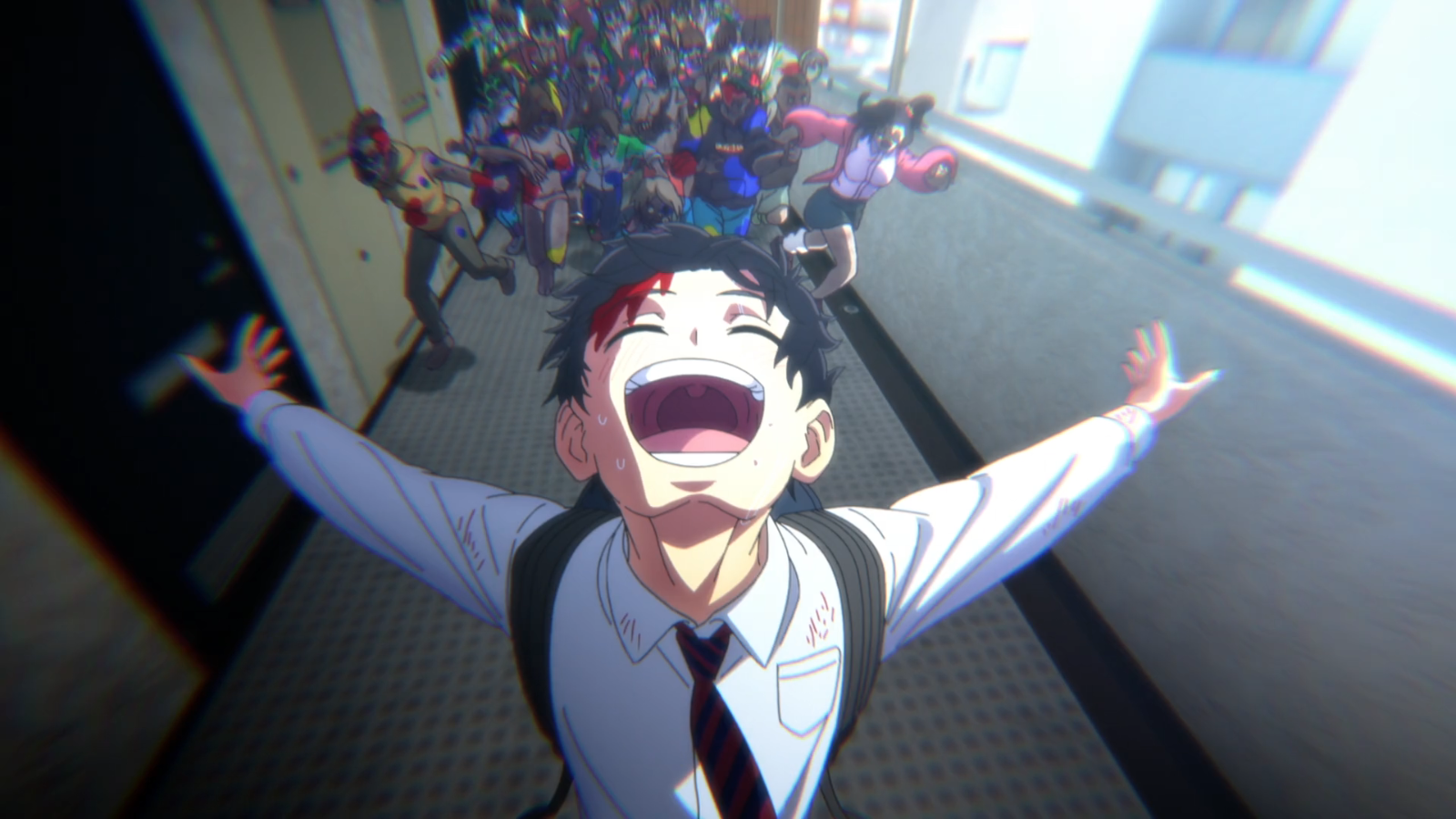
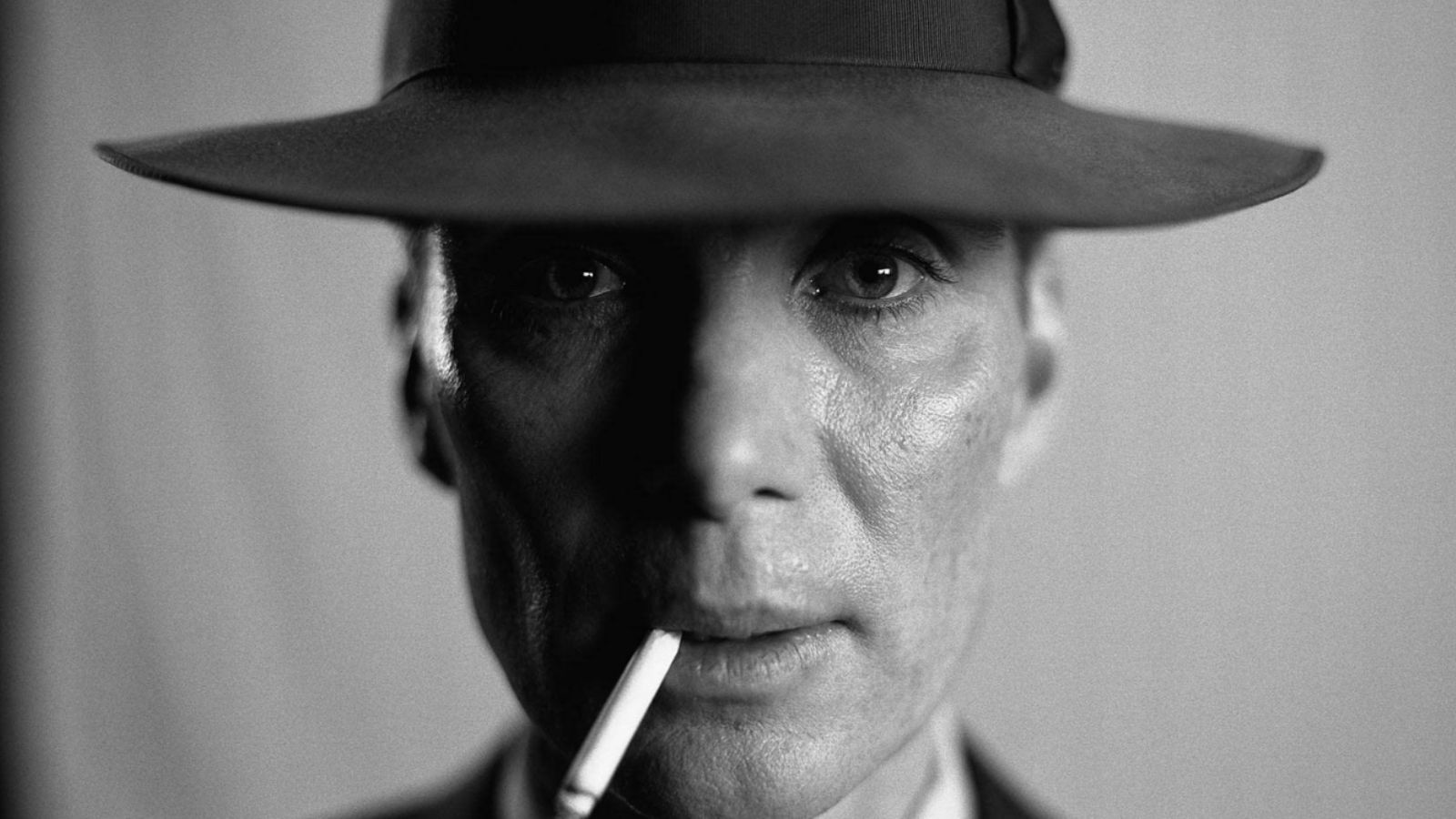
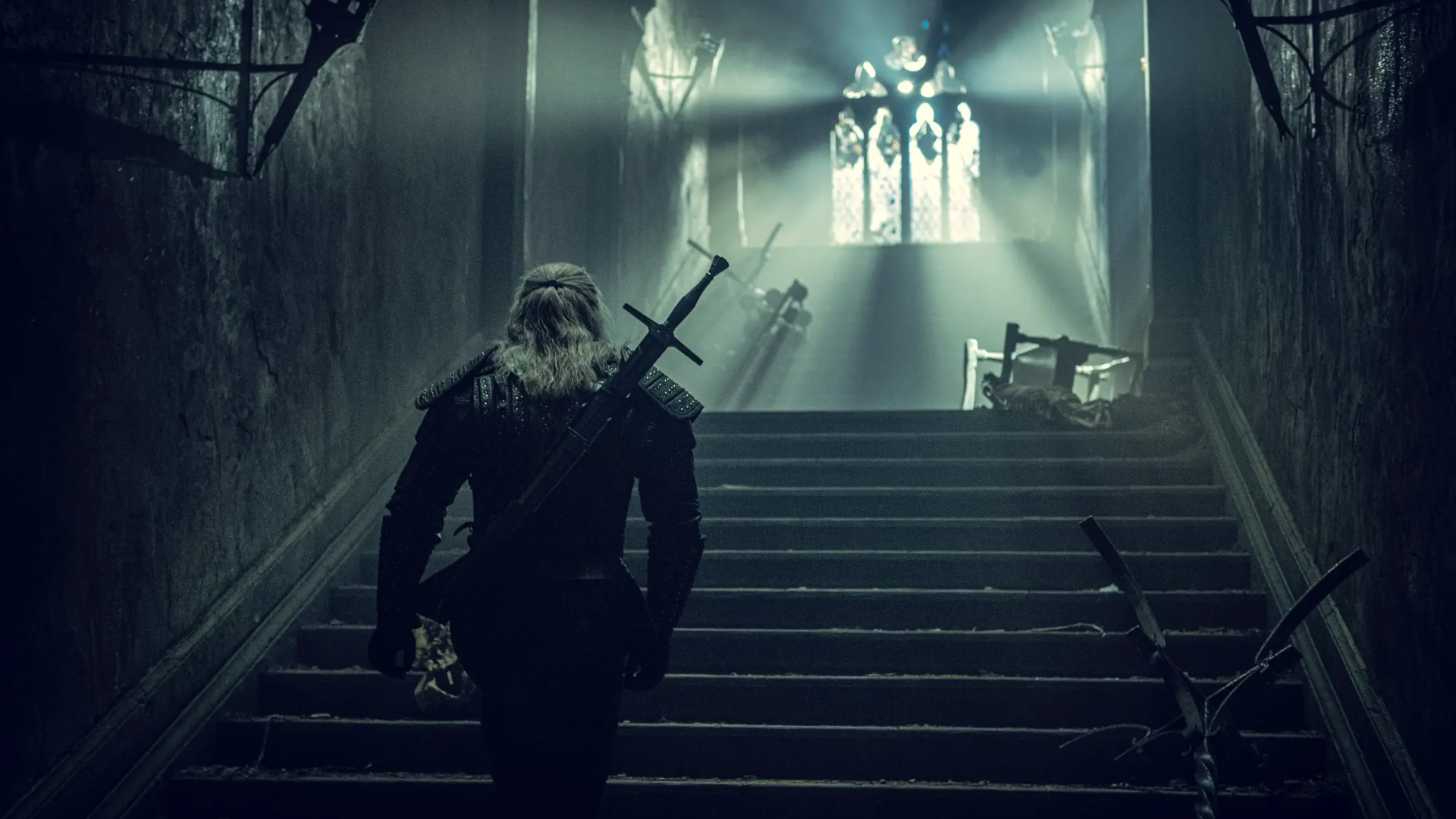

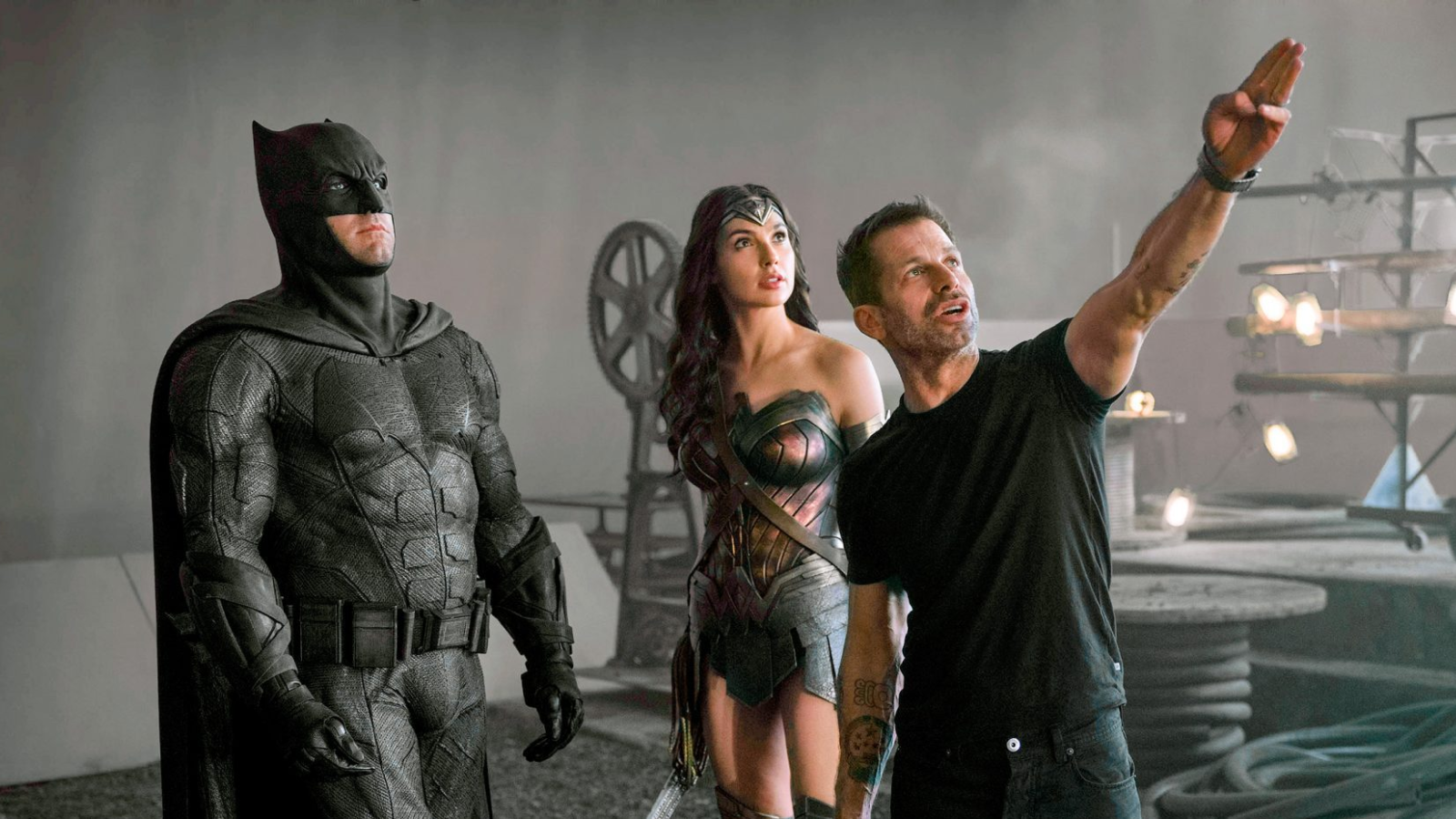


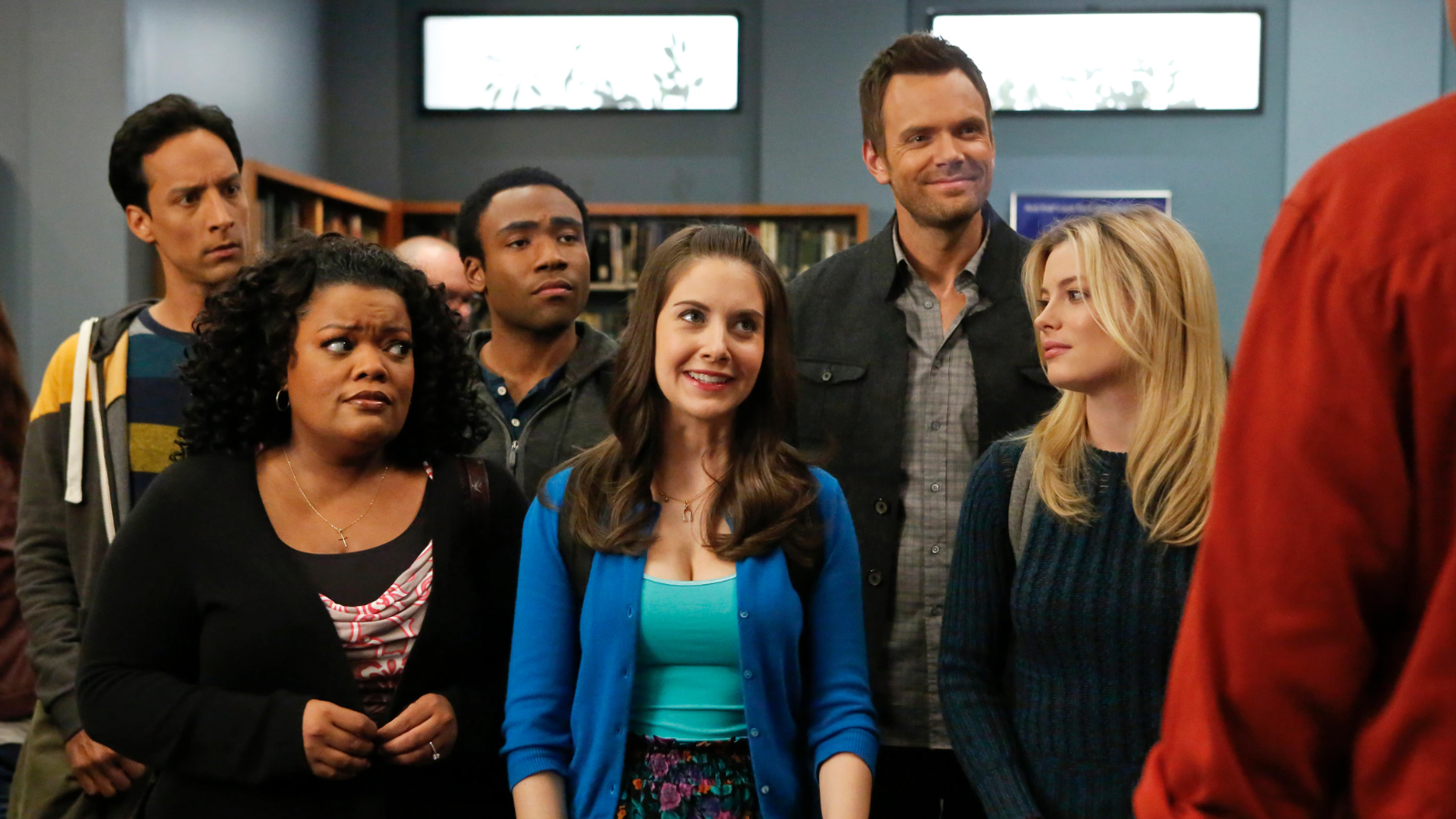
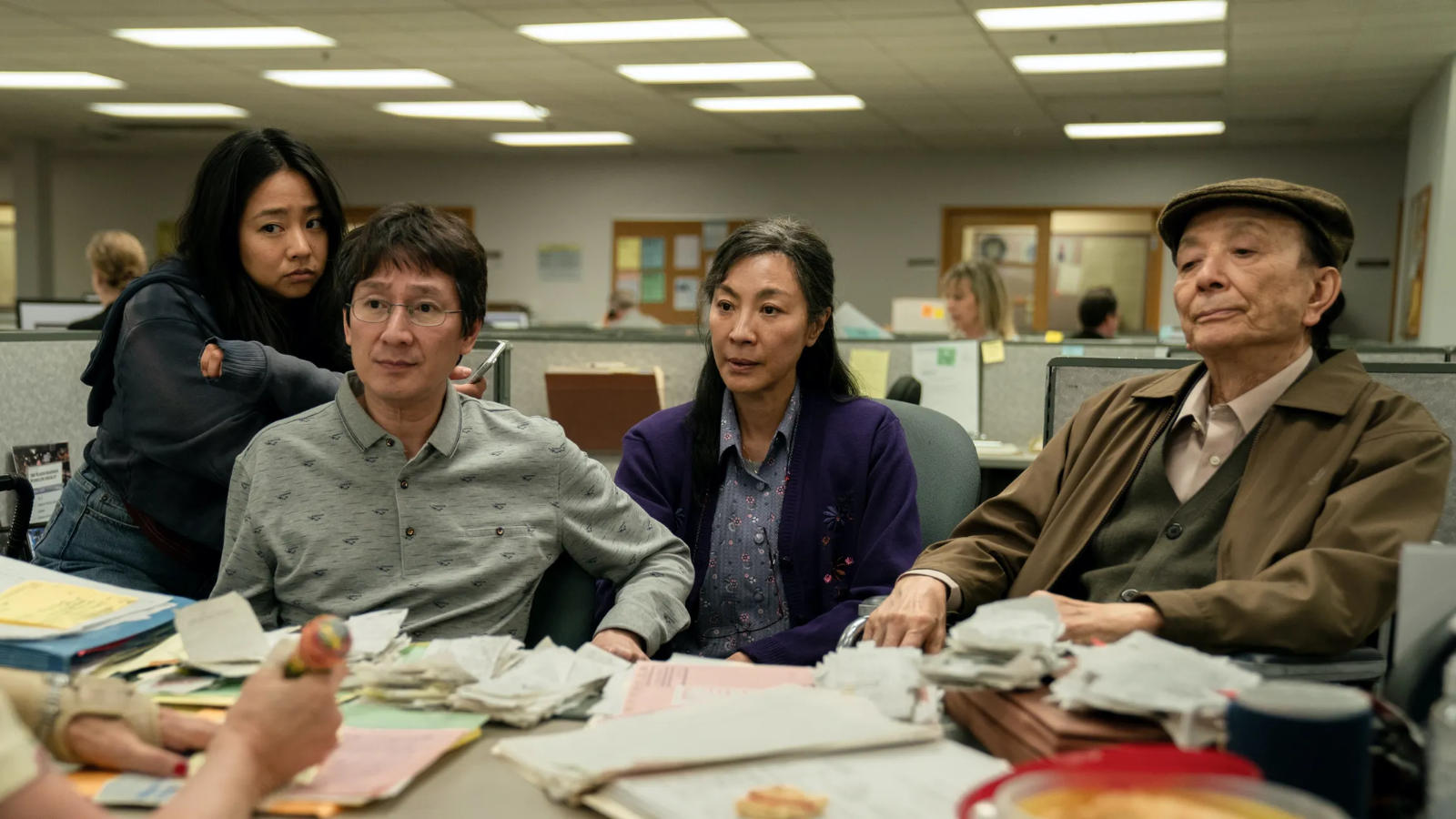


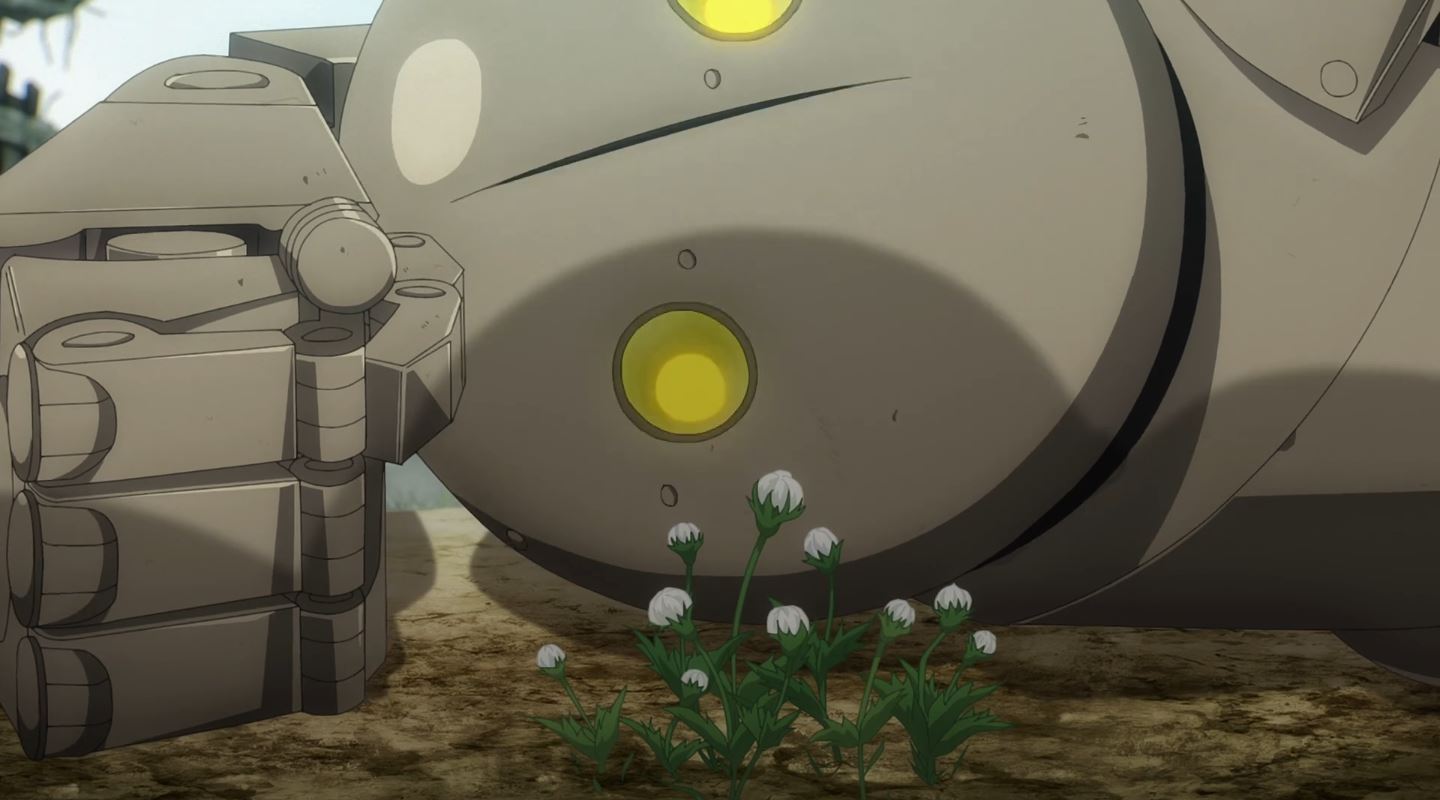
Leave a comment